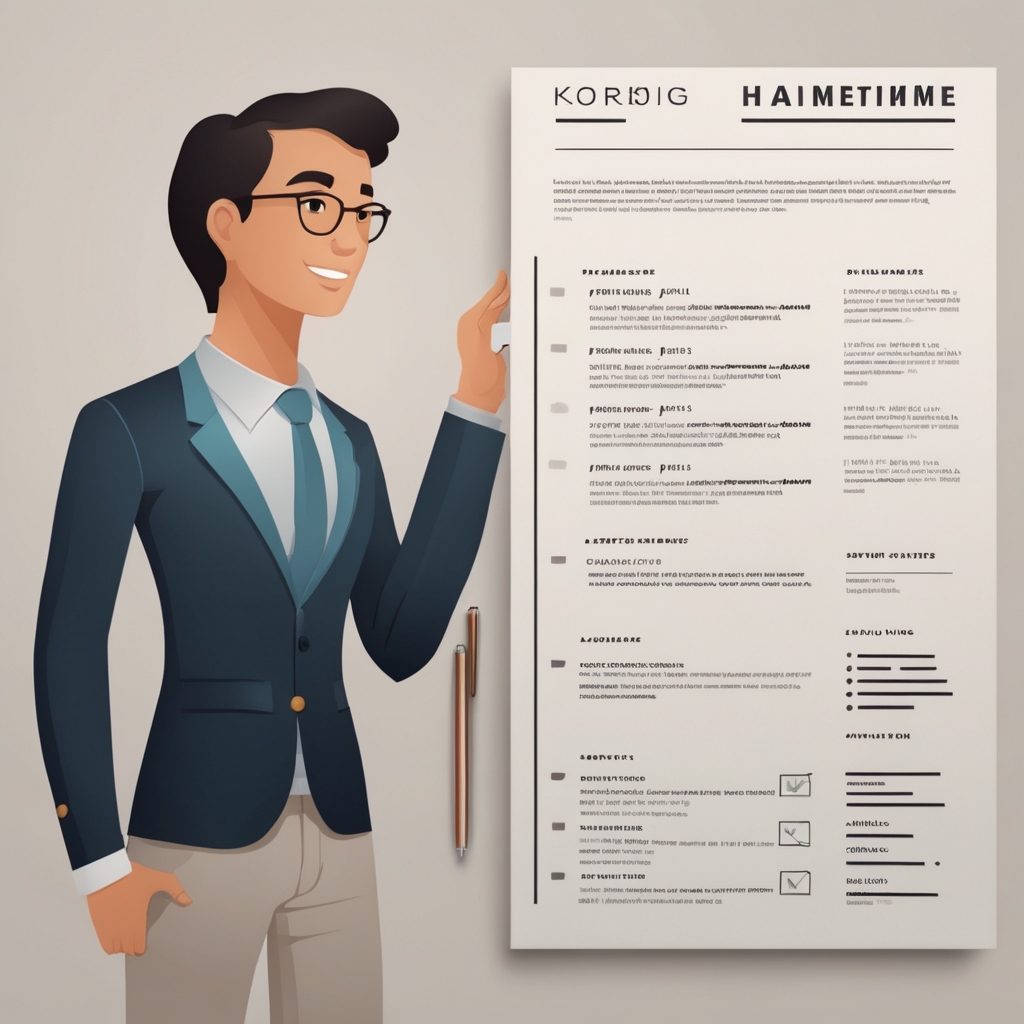Listing your work experience on a resume can be tricky. Maybe you took a few contract gigs between full-time roles. Or you worked for a staffing agency that placed you in short-term positions. Either way, when you’re building your resume, you might be wondering: Do I list all those jobs? Won’t it make me look unstable?
You may be surprised to realise that temporary work can actually strengthen your resume if you present it correctly. Employers value flexibility, diverse experience, and people who can adapt fast which are all qualities that temp roles naturally build.
So if you’ve done project-based or short-term work, don’t hide it. Let’s talk about how to make it shine.
What Counts as Temporary Work?
Temporary work refers to short-term or contract-based employment. These roles are typically offered through staffing agencies or directly by companies needing extra hands for a specific project or season.
It could look like:
- A 3-month contract handling customer support during peak season.
- A 6-month consulting role helping a startup scale operations.
- A series of project-based design gigs through an agency.
Temporary jobs can include freelance work, contract assignments, internships, or seasonal employment. Each one offers a chance to build valuable skills even if they weren’t permanent positions.
Why You Should List Temporary Roles on Your Resume
Some job seekers hesitate to list short-term work, thinking it might look inconsistent. But in 2025, that’s an outdated fear. The workforce is evolving and Upwork’s Freelance Forward 2023 report states that 38% of the U.S. workforce (≈ 64 million people) did some freelancing in the past year. Employers know that temp experience often means you’ve been trusted to jump into fast-moving environments and deliver results quickly.
Here’s why you should list those roles proudly:
- It shows adaptability: You can learn fast and adjust to new teams and systems.
- It fills employment gaps: Rather than leaving blank spaces, you show continued career activity.
- It highlights in-demand skills: Temp work often exposes you to different tools, industries, and challenges.
- It demonstrates reliability: Contract roles often lead to renewals or full-time offers — proof that you perform well.
When framed strategically, temporary experience tells recruiters, “I’m versatile, capable, and experienced with real-world challenges.”
How To List Temporary Jobs on Your Resume
There are several ways to format temporary work depending on your situation. The key is clarity which make it easy for recruiters to understand the structure of your experience at a glance.
Option 1: List Each Role Separately (if they’re distinct)
If your temp jobs were for different companies and each role built unique skills, list them individually under your employment section.
Example:
Marketing Specialist (Contract)
Hilton Group – Dubai | March 2024 – July 2024
- Managed launch campaigns for seasonal hotel offers, increasing direct bookings by 15%.
- Collaborated with the central marketing team to align regional ads with brand tone.
This format helps when each project shows growth, impact, or specialized expertise.
Option 2: Group Roles Under the Staffing Agency (if applicable)
If your positions came through one agency, it’s cleaner to list the agency as your main employer, then bullet out your placements underneath.
Example:
Meridian Staffing Agency – Dubai | Jan 2023 – Dec 2024
Placed in multiple short-term contracts for major retail clients:
- Customer Support Associate – Carrefour UAE (Apr 2024 – Jul 2024)
- Inventory Coordinator – Noon Warehouse (Jan 2024 – Mar 2024)
This shows steady employment and avoids making your resume look fragmented.
Option 3: Combine Roles Under One Functional Heading
If your temporary roles are highly related (e.g., all marketing or finance-based), you can combine them under a single heading like “Contract Marketing Roles” or “Freelance Financial Projects.”
This keeps your resume focused and keyword-rich which is something Applicant Tracking Systems (ATS) love.
Tips To Make Temporary Work Look Professional
- Use consistent formatting – Stick to one style of job title, date range, and bullet point layout throughout your resume.
- Highlight achievements, not tasks – Focus on results (e.g., “Improved data accuracy by 30%”) rather than daily duties.
- Add “Contract” or “Temporary” where relevant – This sets clear expectations and removes doubts about short employment spans.
- Quantify your impact – Numbers speak louder than descriptions. Even for short roles, show metrics or tangible outcomes.
- Focus on relevant skills – Tailor each bullet to the job you’re applying for. Don’t list every single project — only what adds value.
Common Mistakes To Avoid When Listing Temp Work
- Leaving it off entirely – Gaps raise more red flags than short-term work ever will.
- Overloading with too many minor roles – Choose the most impressive or relevant experiences.
- Failing to connect it to your career story – Each temp role should contribute to your professional narrative.
- Inconsistent job titles – Recruiters should instantly understand what you did and where. Keep your titles standardized.
- Ignoring context – If a job was project-based, note that. It makes short durations make sense.
Remember, the goal isn’t just to show where you’ve worked, it’s to show why it mattered.
How LightResume Can Help You Showcase Temp Work Beautifully
Temporary jobs can be an asset only if your resume tells that story clearly. That’s where LightResume comes in.
LightResume helps you create a modern, recruiter-optimized resume that highlights your short-term roles without cluttering your career story. It automatically formats multiple gigs neatly, uses clean templates that pass ATS screening, and even suggests phrasing that ties your temp experience directly to the job you’re applying for.
So whether you’ve done one freelance project or ten contract roles, LightResume helps you present it with confidence, showing recruiters not a “temporary worker,” but a multi-skilled professional ready for impact.
Try LightResume today and transform your work history into a cohesive, job-winning story.
FAQs
Find answers to frequently asked questions about how to list temporary work on your resume.
How do I list a temporary job on my resume?
List temporary jobs the same way you would any other position. Include the company name, your job title, and the dates you worked there. If you worked through an agency, you can list it as “Company Name (via [Agency Name])” to show context. You can also mention “Contract” or “Temporary Role” next to your title to make it clear.
Should I put a 3-month job on my resume?
Yes, if the experience is relevant to the job you’re applying for. Short-term roles still show skills, adaptability, and initiative. If it’s unrelated or adds clutter, you can leave it out — but if it adds value, include it confidently and label it as a temporary or contract role.
What is it called when a job is temporary?
A temporary job is often called a contract role, short-term position, or temp job. These positions have a set start and end date, usually created to fill in for a permanent employee or support a specific project or busy season.
What is the maximum length of a temporary employment contract?
The length of a temporary contract varies by company and local labor laws. Most temporary contracts last from a few weeks to 12 months, though some can be extended if both parties agree. In many cases, roles lasting beyond a year may be reclassified as permanent positions.





